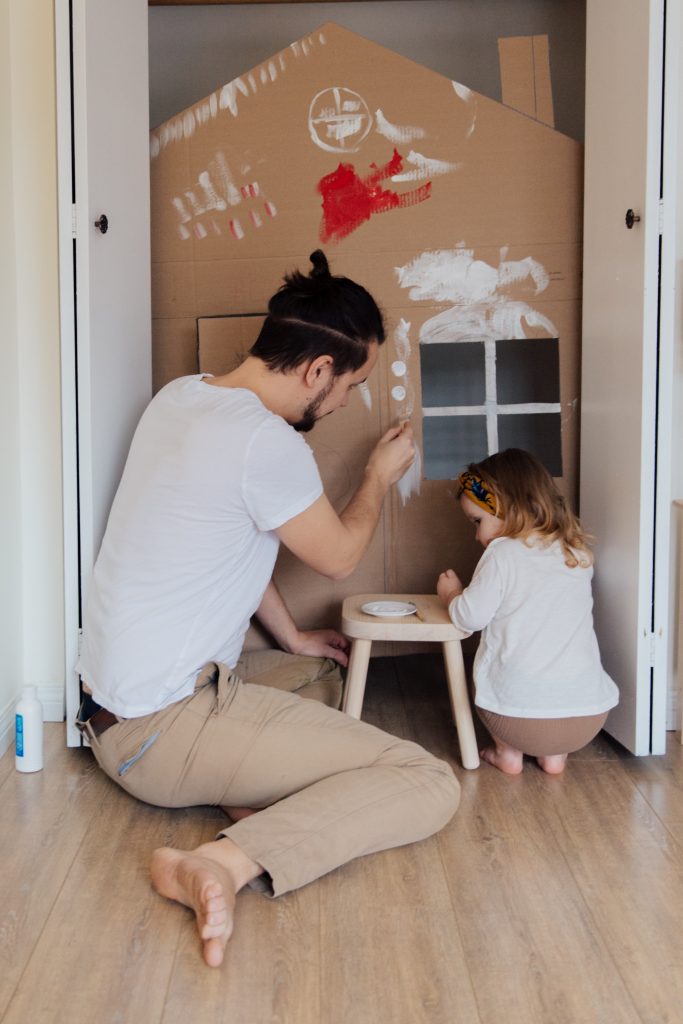As parents, we are our children’s greatest teacher, especially when it comes to developing language and communication. Did you know there are many simple ways that you can encourage speech and language at home by embedding strategies into your busy, day-to-day routine?
- Play!
Here are some tips for supporting your child to build their language and communication at home:
Children learn best through play. Set aside some time to sit with your little one and play together. Follow your child’s lead and look out for what interests them. If they are driving their trucks around – grab a truck and drive it around with them. Model lots of language and comments during play – talk about colours, size, what is happening.
- Read together
Share books together with your child. If your child isn’t interested in the words don’t worry – talk about what you can see, point out different things. Some children might prefer the same book over and over again – that’s okay. The routine and repetition helps children to learn new words and supports language development.
- Use your routines and talk your way through the day
When your child hears you use familiar words during the same routines every single day, it helps them build their understanding of language. Use your daily routines to model the same vocabulary every single day. For example, when brushing their teeth you might say things like “let’s brush your teeth”, “toothpaste on the toothbrush”, “brush, brush, brush.” Keep It consistent and fun! Talk your way through the day. Talk about what you’re cooking, what clothes you’re helping your child in to, colours of cars on the road or the fruit you’re buying.
- Offer choice
Hold up two objects and give your child a choice. Be sure to always show the item and say the name at the same time. For example “do you want a yoghurt or an apple?”, show the yoghurt as you say “yoghurt” and apple as you say “apple.” If your child can’t say the word yet that’s okay – they can always point or gesture at which option they want!
- Pause!
When you’re with your child and doing an activity together – pause to give them the chance to tell you what they want. For example, at the park you might be pushing your child on the swing. Stop and pause – this will encourage your child to tell you they want more. You can then use this opportunity to model something like “more pushing!”
- Limit your questions
As tempting as it can be to ask your child “what’s this?”, it can be difficult for them to answer the question if they don’t have the language yet. Try to use more comments than questions. For example instead of saying “what’s he doing?” when reading you might say “the frog is jumping!”

